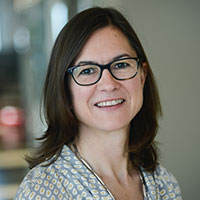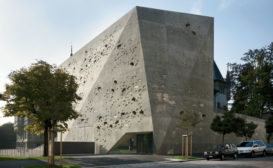Projects
Coliseums for the South American Games
A collection of four sports arenas cuts a striking figure while welcoming in the public that uses it.
Read More
Giant Interactive Group
Morphosis engages landform with architecture to create a new kind of workplace for Chinese capitalism.
Read More
Oakland Museum of California Renovation
Mark Cavagnero Associates subtly renews a 41-year-old museum designed by Kevin Roche and John Dinkeloo.
Read More
Virginia Museum of Fine Arts
Rick Mather Architects + SMBW introduce space, light, and calm into a museum.
Read More
Copyright ©2024. All Rights Reserved BNP Media.
Design, CMS, Hosting & Web Development :: ePublishing



